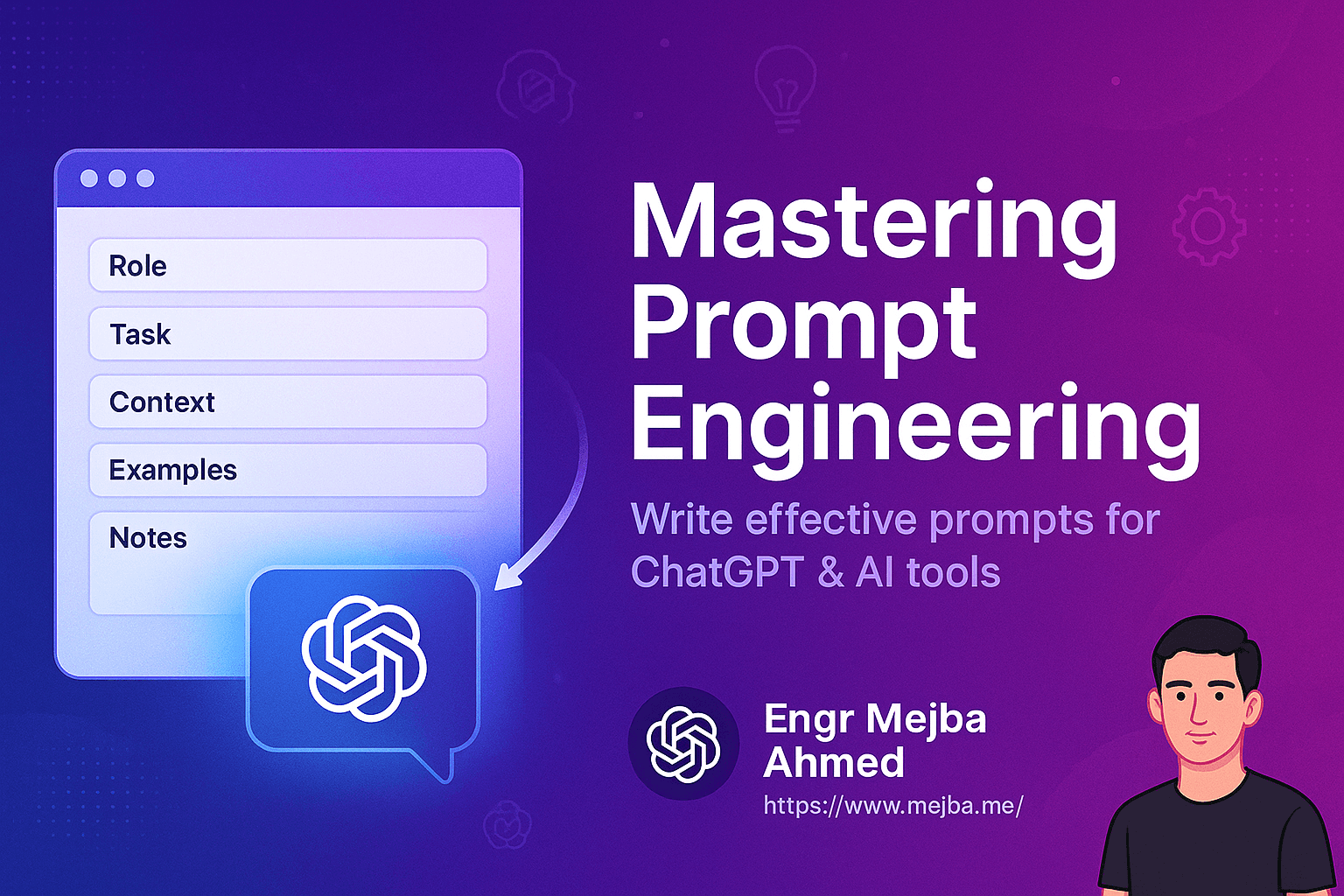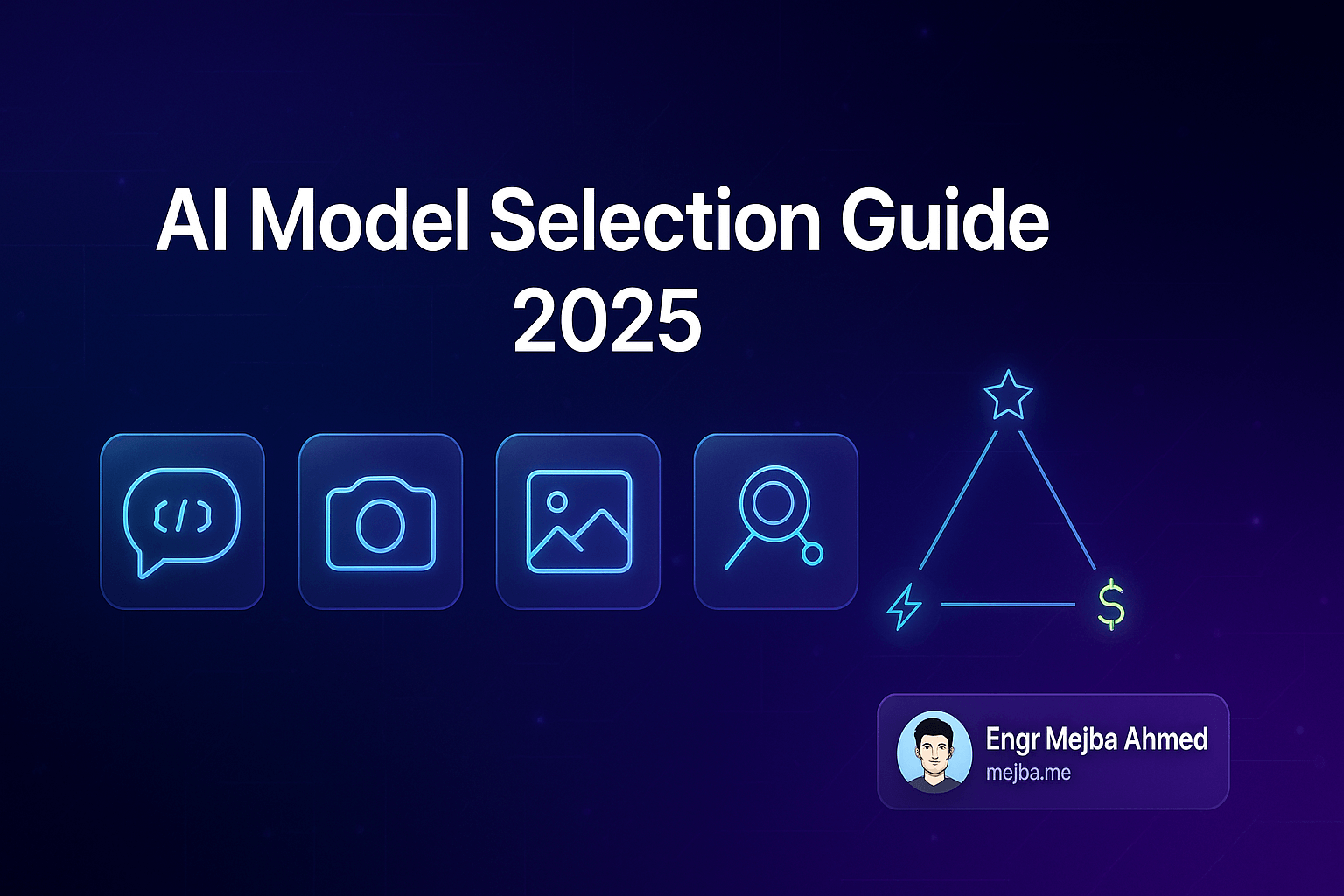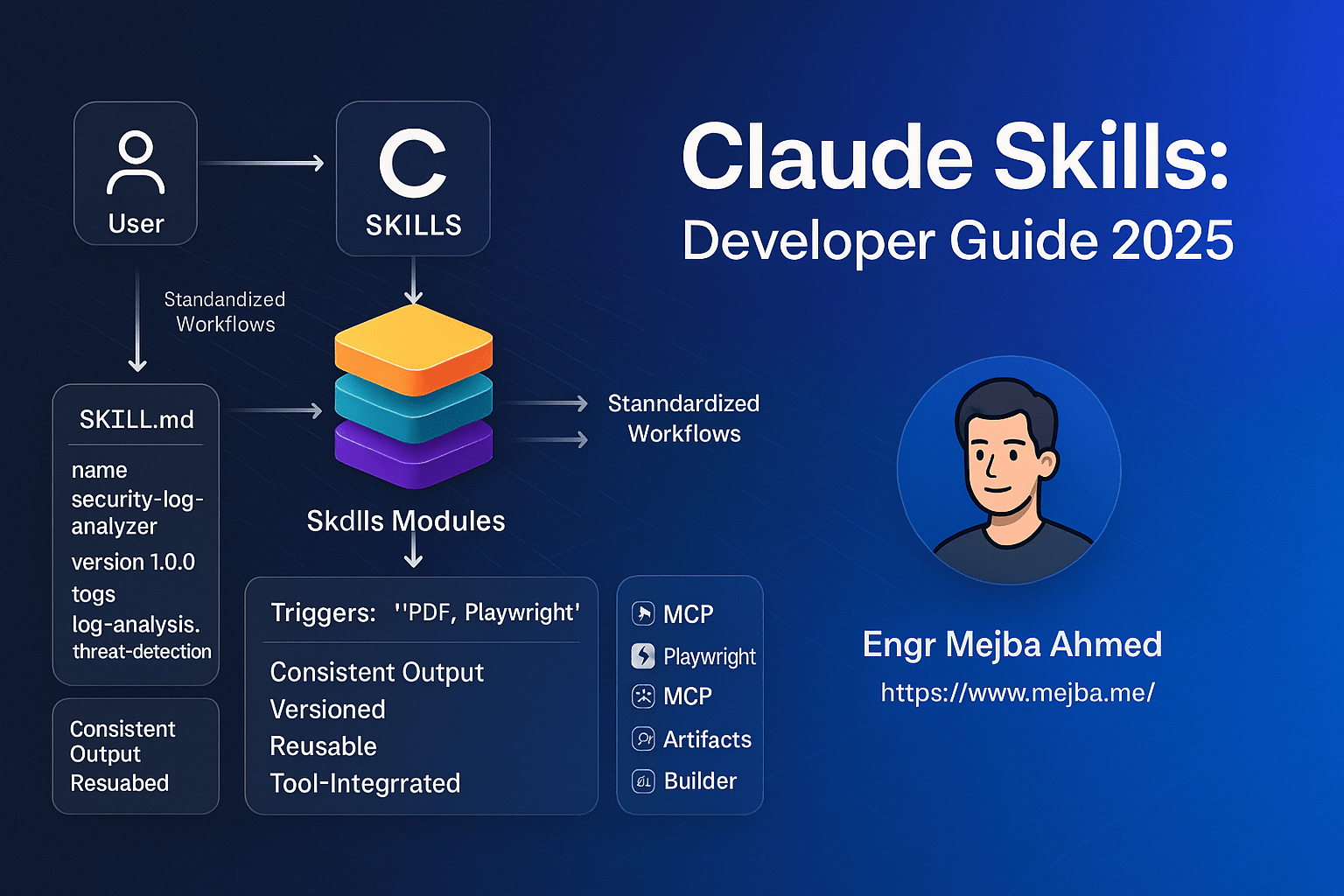🚀 Mastering Prompt Engineering: How to Write Effective Prompts for ChatGPT & AI Tools
Want better results from ChatGPT or other AI tools? It all starts with the prompt. Welcome to the world of prompt engineering — the skill that transforms AI from “interesting” to “indispensable.”
Whether you're writing content, automating workflows, building bots, or just exploring AI for fun, learning how to write clear, structured prompts is essential. This guide will show you exactly how — with examples, frameworks, and pro tips from top AI engineers.
🔍 What Is Prompt Engineering?
Prompt engineering is the practice of crafting inputs (prompts) that guide AI systems like ChatGPT to produce accurate, useful, and targeted outputs.
💡 Definition: Prompt engineering is the art and science of designing effective instructions for AI to maximize the quality and relevance of the response.
The better your prompt, the better the output. Simple.
✅ Why Prompt Engineering Matters
- 🚀 Boosts AI accuracy (up to 115% for complex tasks)
- 💼 Essential for AI apps, chatbots, content generation, and automations
- 🔄 Reduces back-and-forth, saving time
- 🧠 Helps AI "think" like a specialist in your domain
🧱 Key Prompt Engineering Techniques (With Examples)
Let’s break down the most powerful techniques — and how to apply them in real-world scenarios.
1. 🎭 Role Prompting
Tell the AI who it is.
Example Before: “Recommend a fitness plan.”
Improved with Role Prompting: “You are a certified personal trainer specializing in busy professionals. Recommend a weekly fitness plan that fits into a tight work schedule.”
✅ Result: More tailored, actionable answers.
🔧 Why it works: Role prompting narrows the AI’s perspective and improves output accuracy by up to 25%.
2. 💡 Specifics
List important steps, rules, or tips for completing the task.
Example Before: “Explain how to use a CRM tool.”
Improved with Specifics: “Explain how to use a CRM tool. Focus on lead tracking, follow-up reminders, and integration with Gmail. Avoid mentioning paid features.”
✅ Result: More relevant and targeted explanations.
🎯 Tip: Think like a checklist writer. Tell the AI what to include — and what not to.
3. 💬 EmotionPrompt
Add emotionally supportive phrases to motivate the AI’s tone and clarity.
Example Before: “Summarize the meeting.”
With EmotionPrompt: “Summarize the meeting in a way that reassures the team their feedback is valued and that we’re making progress. Your contribution is important to our shared success.”
✅ Result: Empathetic, human-like tone with more thoughtful language.
📈 Data-backed: EmotionPrompt has shown up to 115% improvement in output quality for nuanced or complex prompts.
4. 🧠 Chain of Thought Prompting
Ask the AI to think step-by-step.
Example Before: “Solve this business case.”
With Chain of Thought: “Analyze this business case step-by-step. Start by identifying the problem, then suggest 3 potential solutions, and finally recommend the most sustainable one.”
✅ Result: Clear reasoning and logical structure.
5. 🧪 Few-Shot Prompting
Give the AI a few examples to learn from before asking your main question.
Example:
Example 1: Q: What’s the capital of France? A: Paris Example 2: Q: What’s the capital of Japan? A: Tokyo Now you try: Q: What’s the capital of Brazil? A:
✅ Result: AI mimics the style and format you've introduced.
6. 📝 Lost in the Middle Effect (Avoid It)
When prompts are too long, the AI often forgets the middle part. Fix it by:
- Putting key instructions at the start or end
- Using bullet points
- Breaking large prompts into smaller chunks
🛠 Real-World Prompt Example (Step-by-Step Optimization)
Let’s take a weak prompt and make it great.
❌ Basic Prompt:
“Write a product description.”
✅ Optimized Prompt (Final Version):
You are an eCommerce copywriter who specializes in high-converting product descriptions.
Write a 150-word description for a noise-cancelling headphone.
Include key features, benefits, and use emotionally engaging language to appeal to remote workers.
Your writing should boost trust and encourage purchase.
💡 What We Applied:
- ✅ Role Prompting: “You are an eCommerce copywriter…”
- ✅ Specifics: 150 words, include features/benefits
- ✅ EmotionPrompt: “Appeal to remote workers”
- ✅ Task Clarity: “Encourage purchase”
📌 Summary: How to Write Effective Prompts
Great prompts = great results. Here’s what to remember:
✅ Assign a role ✅ Include key specifics ✅ Use emotional or motivational framing ✅ Guide step-by-step thinking ✅ Provide examples when needed ✅ Keep important instructions near the top or bottom
🚀 Your Turn: Try This Prompt Challenge
Copy this and fill in the blanks:
You are a [role/expert].
Write a [output type] about [topic].
Include [specific points].
Make the tone [emotion or style].
Example: "You are a travel blogger. Write a 500-word article about hidden hiking spots in Iceland. Include locations, best seasons, and safety tips. Make the tone adventurous and inspiring."
🎯 Use this to start crafting smarter prompts right now.
👋 Final Thoughts
Prompt engineering isn’t just for developers — it’s the secret weapon for marketers, business owners, writers, educators, and tech enthusiasts. Master it once, and you unlock 10x better results from ChatGPT and other AI tools.
👉 Ready to upgrade your AI skills? Try rewriting one of your old prompts using the tips above — and watch the transformation.





